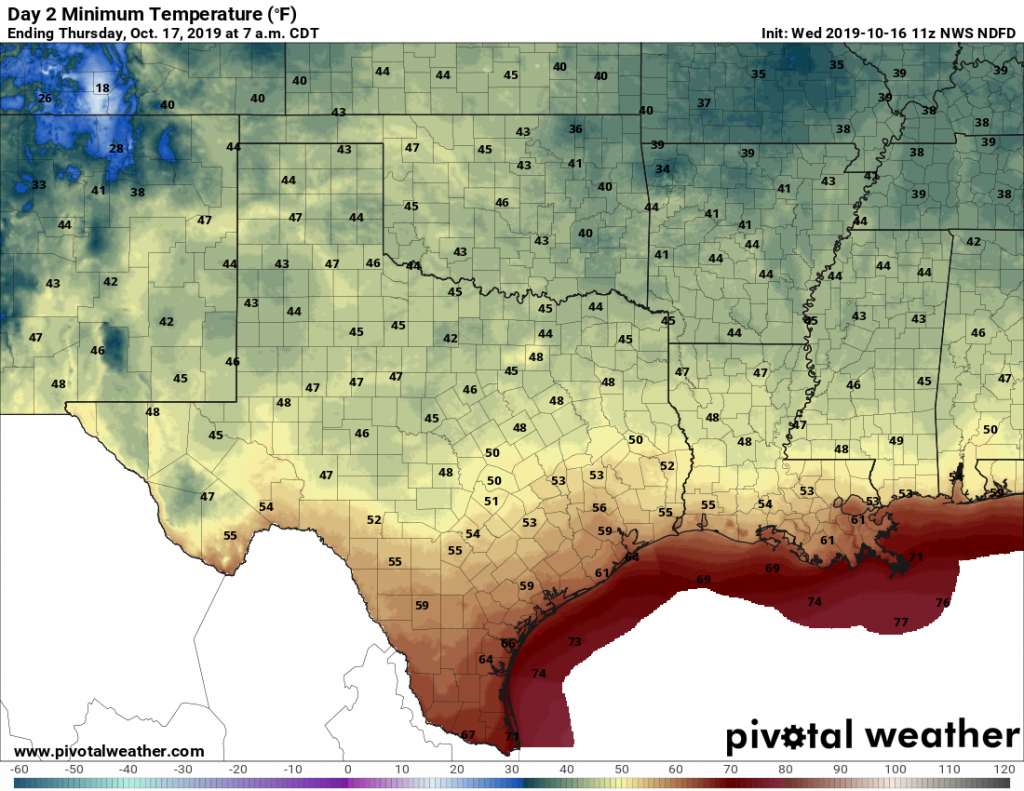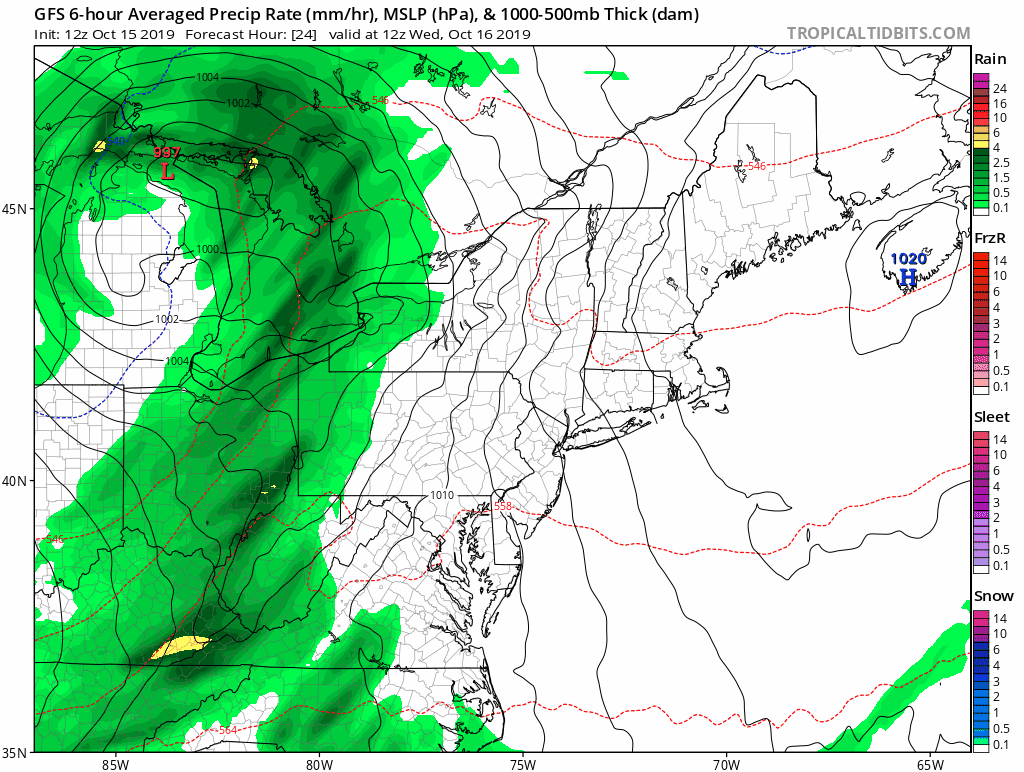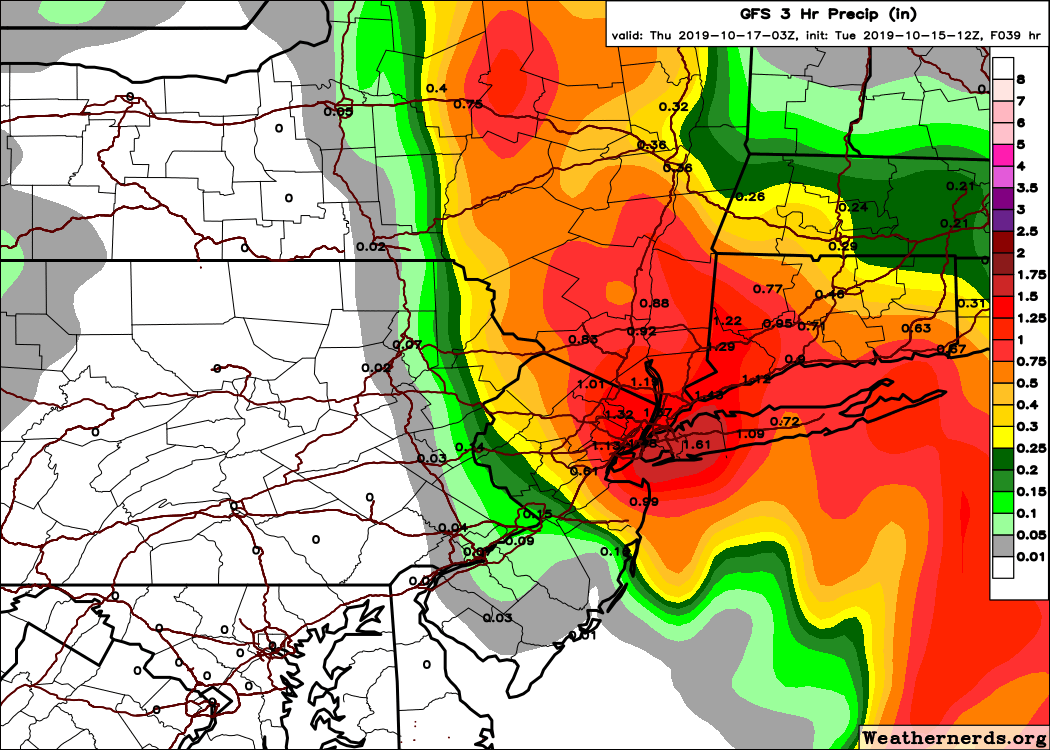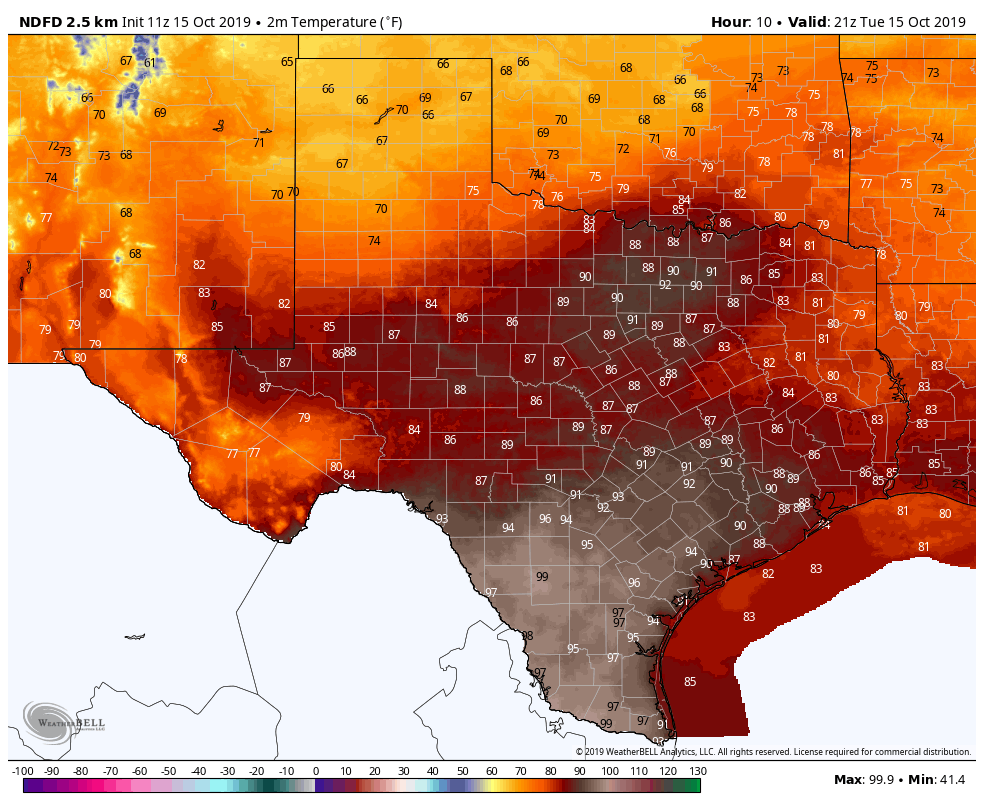In the wake of Tropical Storm Imelda, Eric and I wanted to reintroduce the Space City Weather Flood Scale, as well as place that memorable storm in its proper context. We’ll tackle Imelda in a moment, but first just a a few words about the slightly revised flood scale.
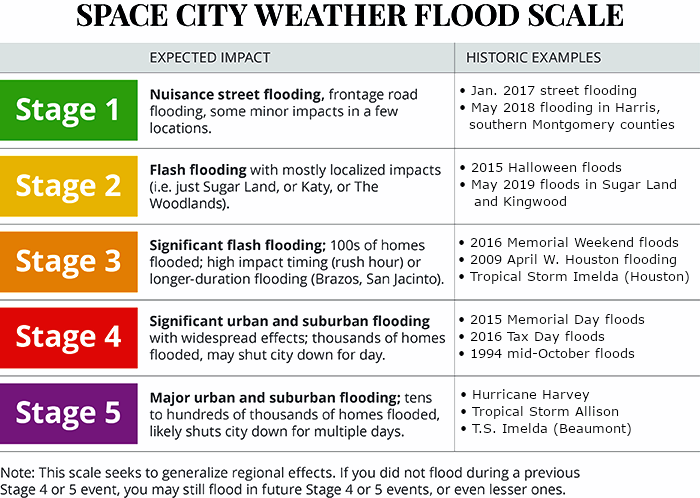
When we first introduced the flood scale, we didn’t really go too much depth on the various stages. We now realize that leaving any ambiguity in the interpretation of this was probably a mistake, so the goal here is to explain our scale in more depth and detail so readers have complete clarity on what it is meant to convey.
Origin & what it does
In the wake of Hurricane Harvey and all the flooding events in recent years, it occurred to me that we needed a way to put future rain forecasts in context with past events. Eric and I decided on a five-stage, or category scale. The scale is not meant to be perfect for everyone. Nor is it meant to replace forecast advice or direction from the National Weather Service or emergency managers. All it is meant to do is to set a realistic expectation ahead of a rainfall event that we feel could produce newsworthy flooding. We just want to attempt to help people navigate their anxieties regarding flooding that we know are widespread after recent years.
The scale is meant to characterize, in the general grand scheme of things, how the flood will be remembered for in Houston. Yes, your car may flood in a nuisance street flooding event, “only” a stage 1 on our scale. For you, personally, that may be a stage 5 life event. While that would certainly be unfortunate, for the greater Houston area, nuisance street flooding is rather common, and Stage 1 events happen at least a few times per year. What we want to do is make sure people understand that an upcoming rain event is more like that than a Memorial Day 2015 event, a Tax Day 2016 event, or an Imelda, and vice versa.
What it does not do
This scale is not going to tell you if you will experience flooding. Every flood event is unique. Just because you may have received 40 inches over 5 days and not flooded during Harvey, that does not mean you also won’t flood during a storm that only produces 6 inches of rain that falls in a single hour. Flooding in any given rainstorm depends on numerous factors, including quantity of rain, duration, intensity, neighborhood drainage, and conditions in place prior to the rain. Since no two storms are identical, you cannot always rely on past storms to tell you how future ones may impact you in your backyard.
The historic examples are not meant to apply perfectly to any one individual neighborhood. We may classify an event as stage 2 because it caused localized flooding in The Woodlands or Kingwood or Sugar Land. For some folks in those neighborhoods that flooded, that historic example may feel like a stage 3 or 4 event because of the problems it caused you and your neighbors. In other neighborhoods, you may not have noticed a drop of rain. What we want to do is put the event into context in the Greater Houston area. This scale is a perfect example of “your mileage may vary.” We recognize that, but we also know there is no perfect scale. This is the closest thing we could think of to a one-size fits all solution.
The scale is just attempting to characterize the “personality” of the flooding event we expect.
Let’s take you through each stage and discuss what each one means and what the past events did.
